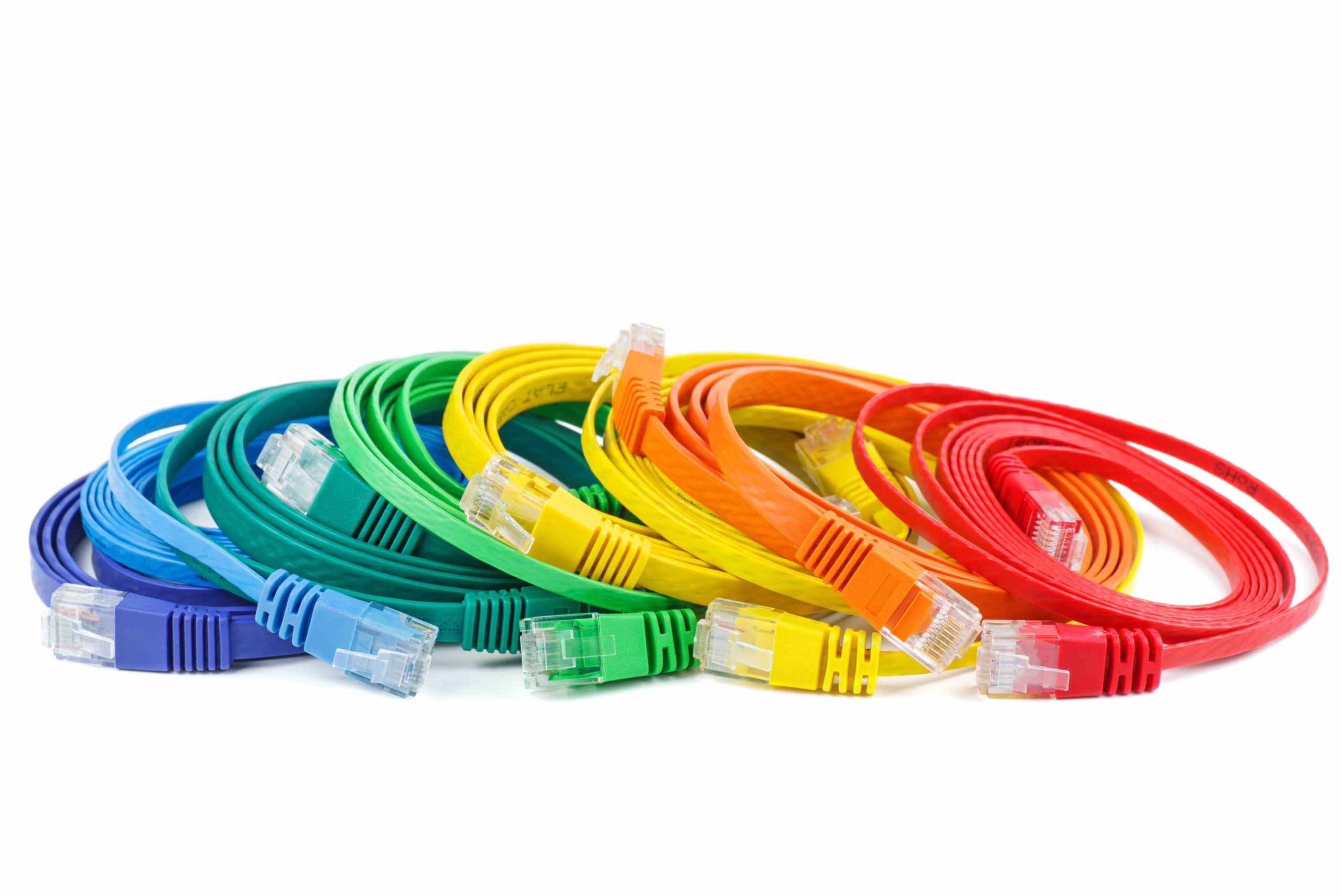Understanding the specific use cases for different types of Category (CAT) cables is essential for setting up efficient and reliable networks. Whether you’re creating a simple home network or configuring the infrastructure for a high-speed data center, the choice of CAT cable can significantly impact performance. Below, we explore the ideal scenarios for various CAT cables, from CAT5e to CAT7.
CAT5e: The All-Rounder for Home and Small Office Networks
– Home Networking: CAT5e is perfectly suited for most home networking needs. It supports speeds up to 1 Gbps, which is more than sufficient for internet browsing, streaming, and gaming on multiple devices.
– Small Office Networks: For small offices without extensive data transfer needs, CAT5e can provide a cost-effective and reliable solution. Its ability to handle gigabit speeds ensures smooth operation of office applications, VoIP calls, and basic file sharing.
CAT6: The Step-Up for Business Networks and Multimedia
– Business Networking: CAT6 is an excellent choice for businesses requiring higher network speeds and better performance. With its ability to support 10 Gbps speeds up to 55 meters, it’s suitable for networks where multiple users access large files simultaneously.
– Multimedia Applications: For environments like conference rooms or media production areas that need to handle HD video streaming or large graphic files, CAT6 provides the bandwidth and speed necessary for a seamless experience.
CAT6a: The Choice for Advanced Business Networks and Data Centers
– Advanced Business Networks: CAT6a, with its support for 10 Gbps speeds up to 100 meters, is ideal for businesses with more extensive networking requirements. This includes larger offices or campuses where longer cable runs are necessary without sacrificing speed.
– Data Centers: For data centers that demand high-speed data transmission over longer distances, CAT6a offers an efficient solution. Its superior shielding reduces crosstalk and allows for reliable connections between servers, storage, and networking equipment.
CAT7: High-Speed Networking for Future-Proofing and Specialized Applications
– Future-Proof Networking: For those looking to future-proof their network infrastructure, CAT7 offers speeds up to 10 Gbps over 100 meters and a bandwidth of up to 600 MHz. It’s an excellent choice for new installations where emerging technologies might require higher bandwidth in the future.
– Specialized Applications: CAT7’s enhanced shielding and performance make it suitable for specialized applications, such as industrial environments or scientific research facilities, where interference might be a concern, and high-speed data transfers are crucial.
Factors to Consider
When selecting the type of CAT cable for a particular scenario, consider the following:
– Distance: Longer cable runs may require higher category cables to maintain speed and signal quality.
– Bandwidth Needs: Higher bandwidth applications, like video streaming or large file transfers, benefit from CAT6 and above.
– Future Scalability: If you anticipate network upgrades or increased bandwidth needs, opting for a higher category cable can provide more headroom.
– Environment: In areas with high electromagnetic interference (EMI), shielded variants of CAT6a and CAT7 can offer better performance.
By carefully considering the specific requirements of your networking scenario, you can choose the CAT cable that best matches your needs, ensuring a robust and efficient network setup.


